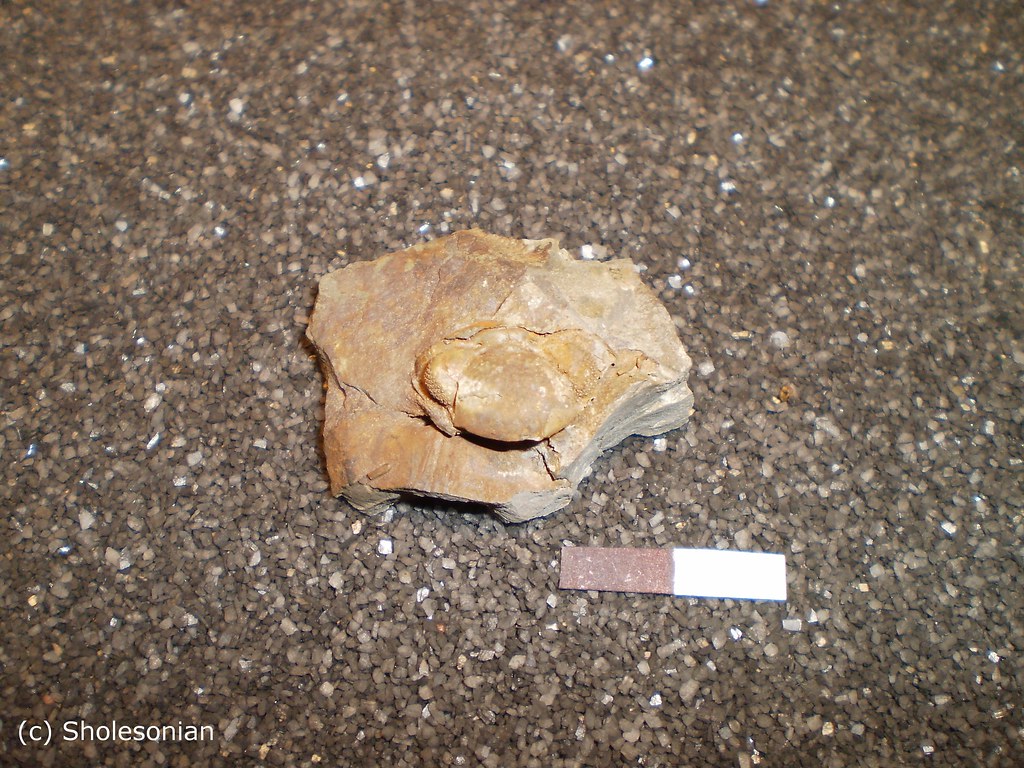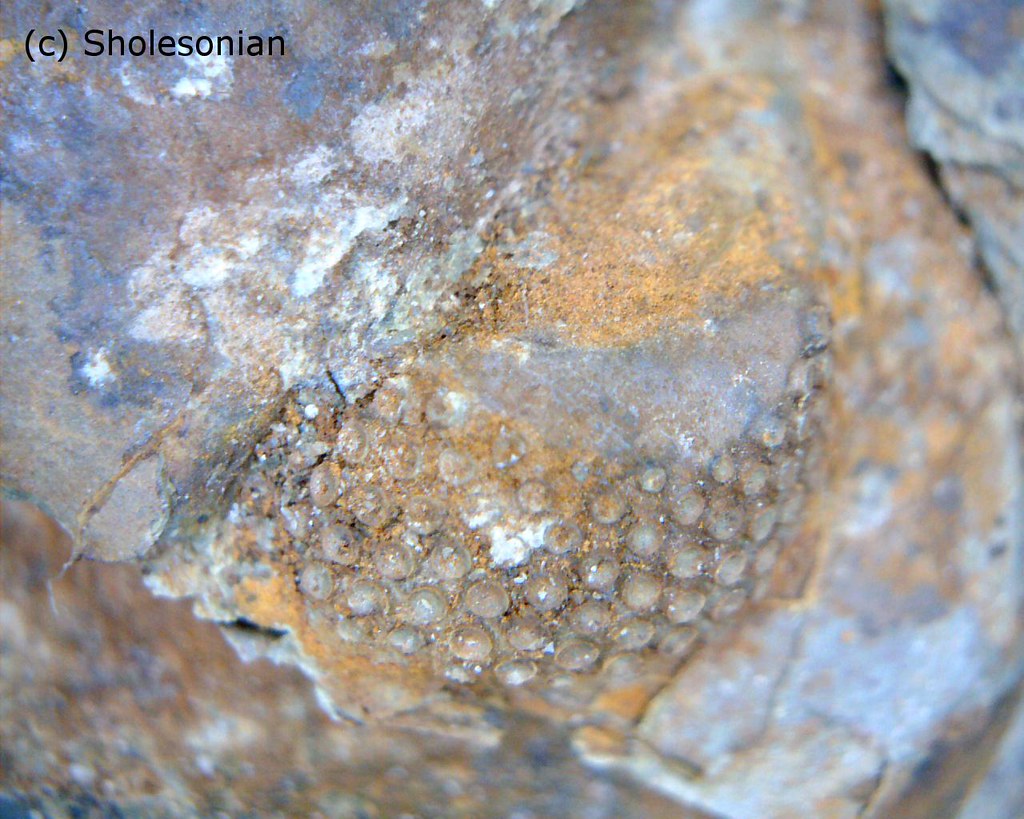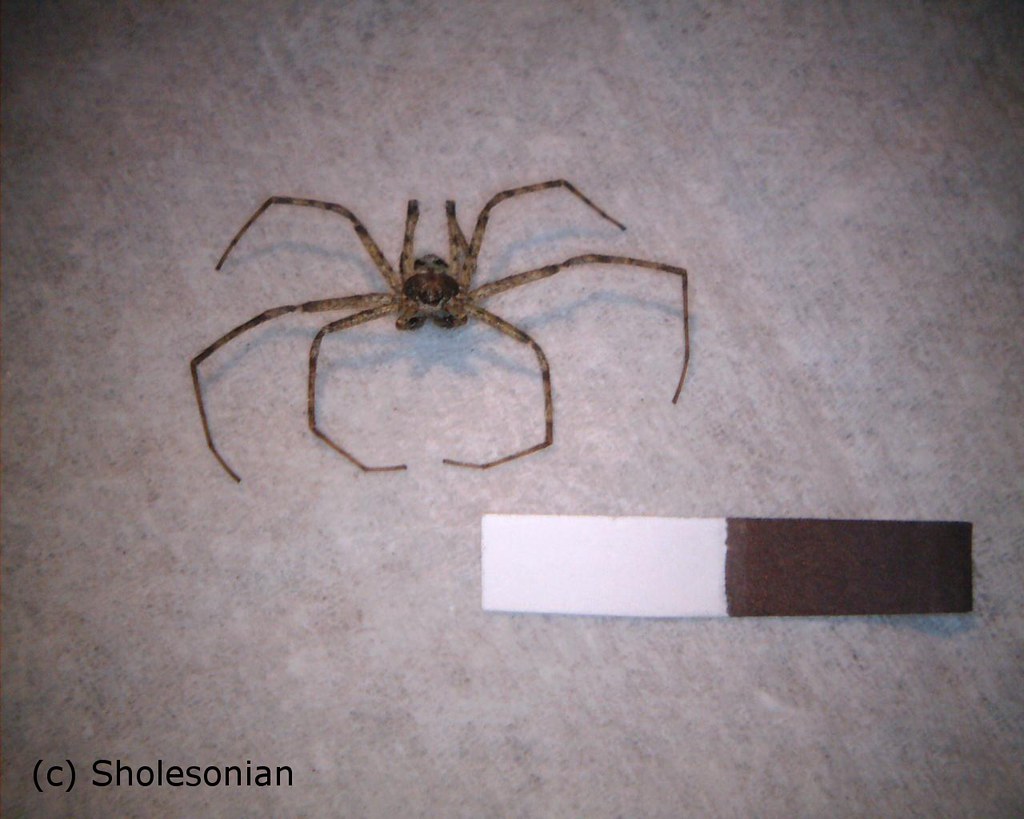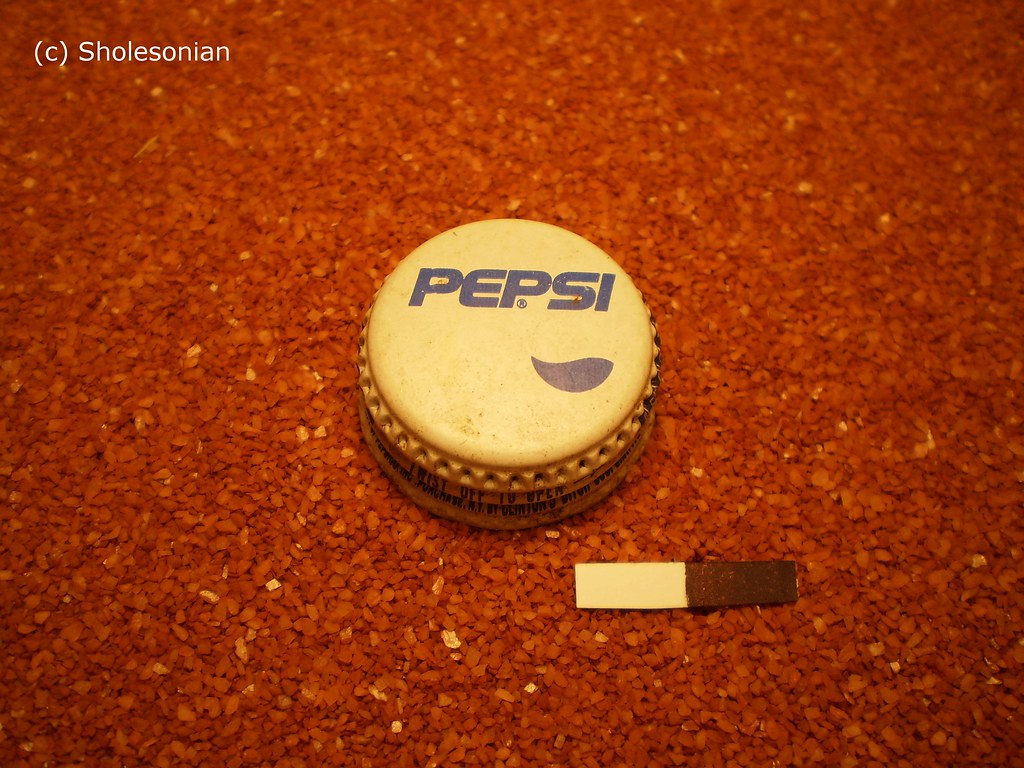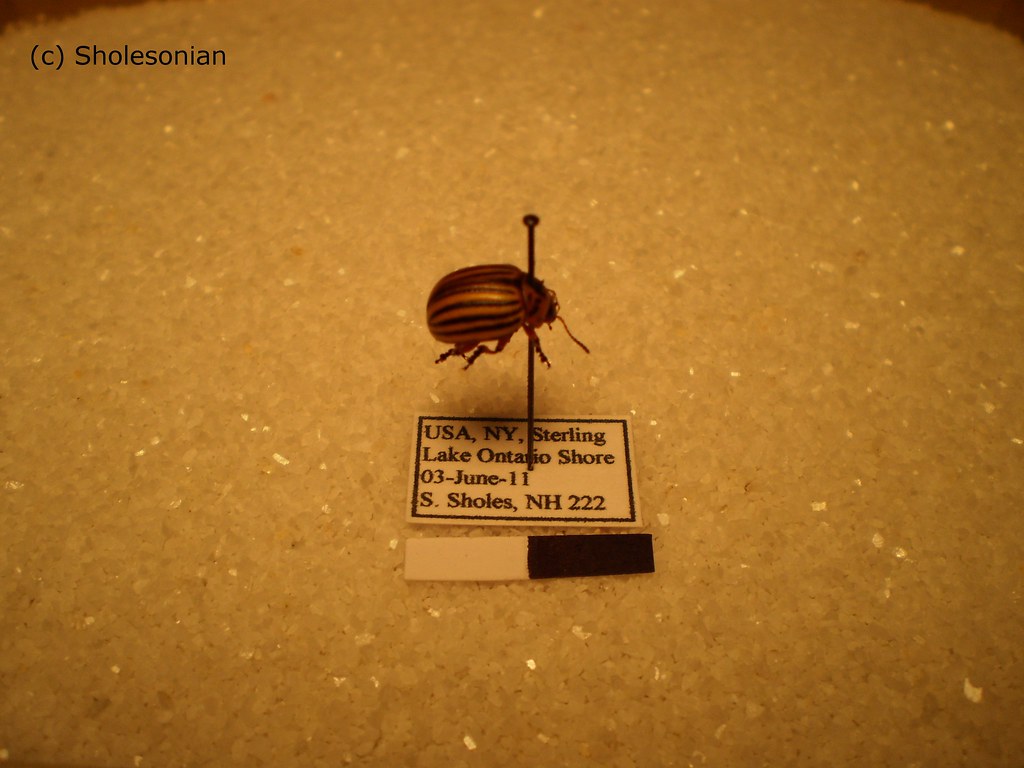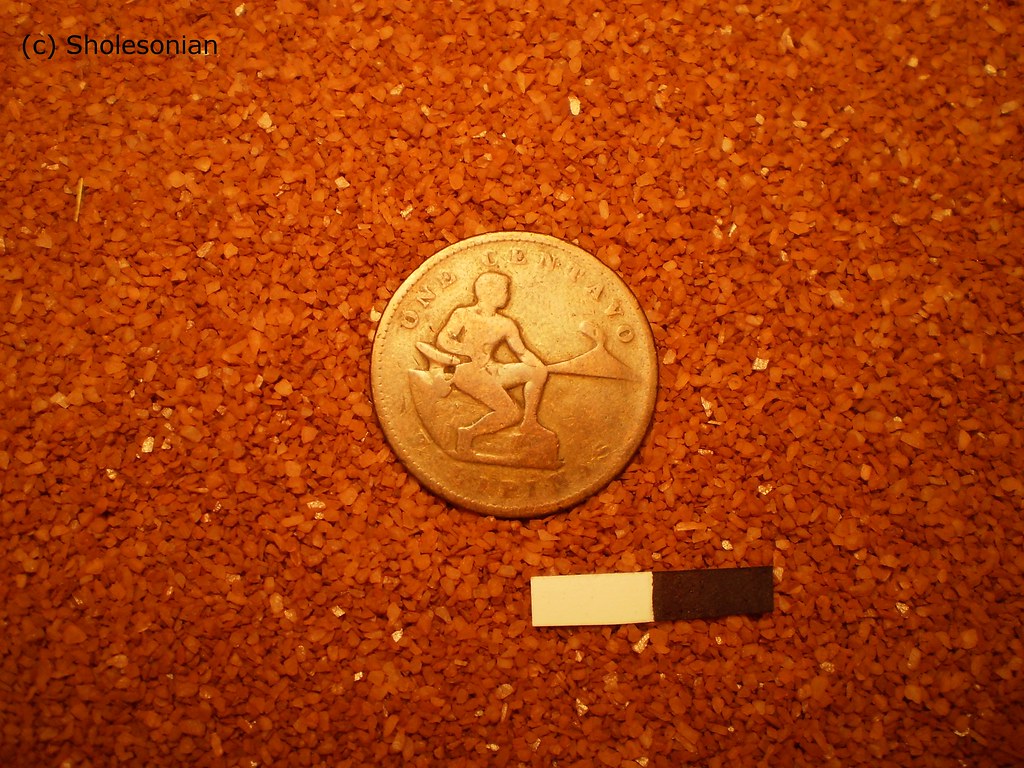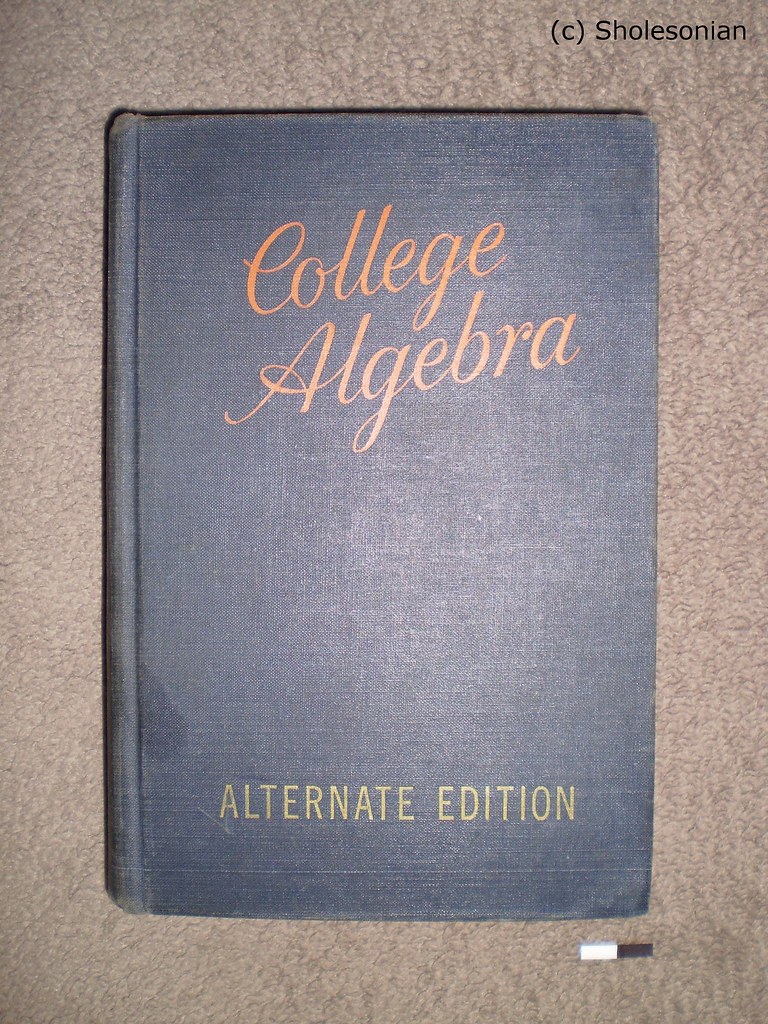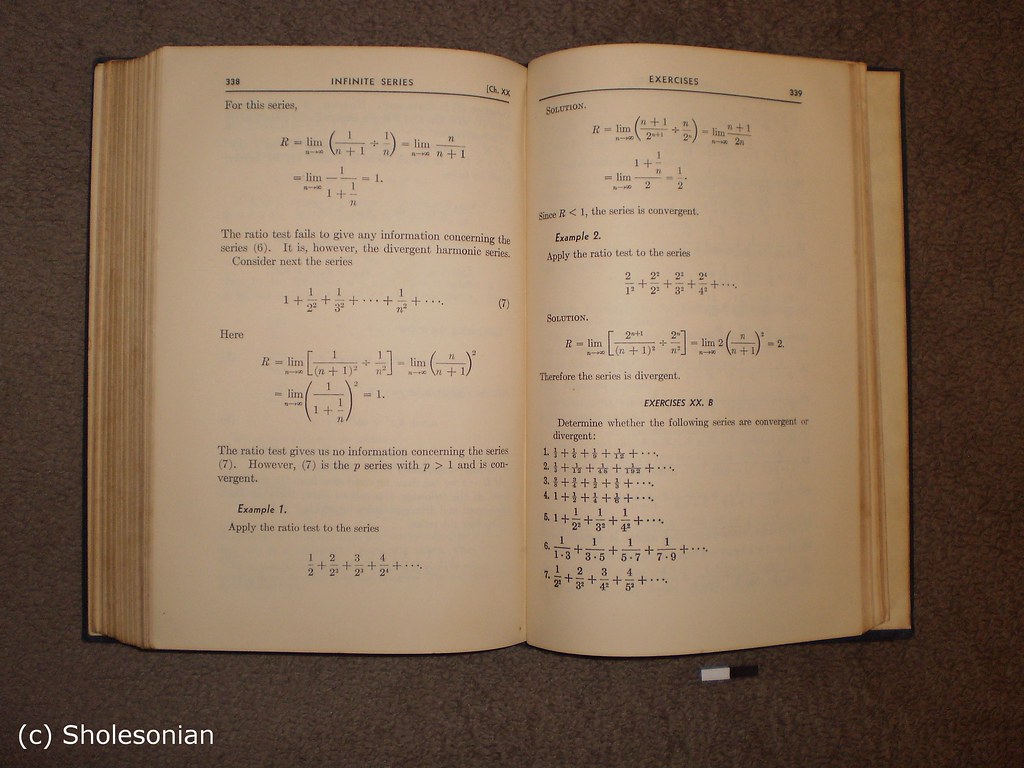NH 221
Jumping Spider
Sarinda hentzi
Category: Arachnids
Family: Salticidae
Unfortunately I had a wedding to attend to last week so there was no Spider Saturday, but we are back up today with this very cool, albeit small, addition to the arachnid collection. This particular spider was found crawling on a door in the basement of the PRI in Ithaca, New York back on June 2, 2011. At first I thought it was just another ant, but with good cause. This particular jumping spider is known as an ant-mimicing spider because not only do they look like ants but they behave in ways to get predators to back off thinking they are an ant.
You can see the two front legs in the picture (at the bottom); it will wave these front legs up and down to mimic an ant's antennae. This tactic is used to keep predators away, as many such as wasps will avoid ants due to their aggressiveness and unpredictability. This particular specimen is a female and was collected along with a ground stag beetle, and these jumping spiders will create a small web enclosure to use for protection (from this menacing beetle also in the bag) and she would also use this web for mating, resting, molting, among other things. Below you will find an image of the spider crawling into her newly made web of protection.



